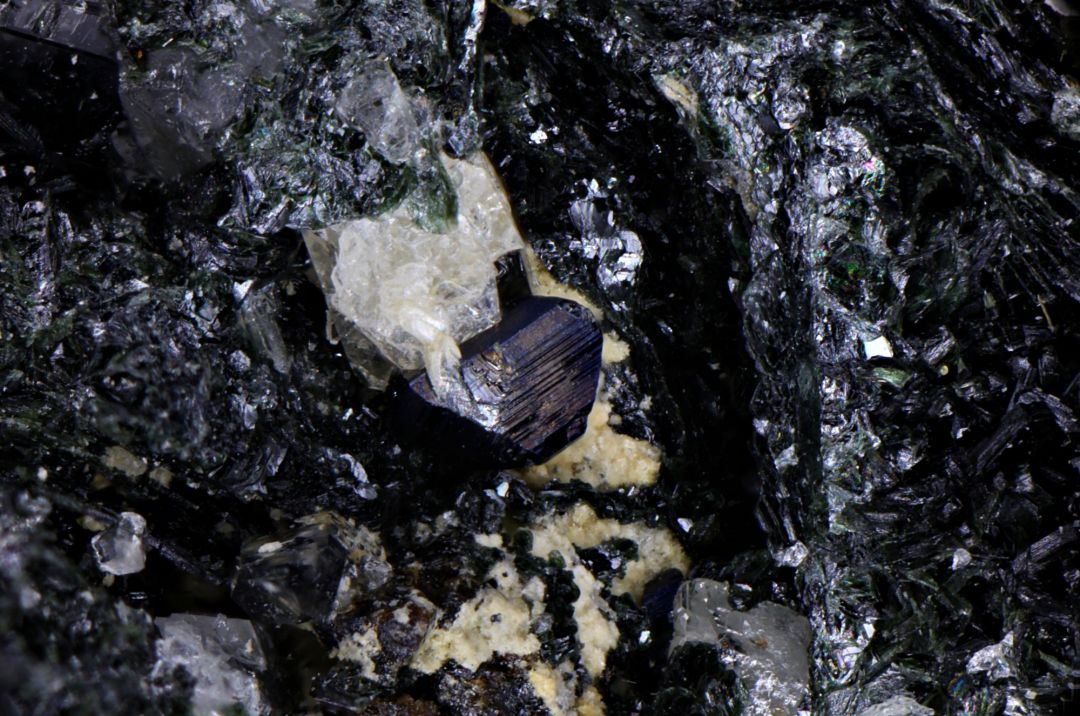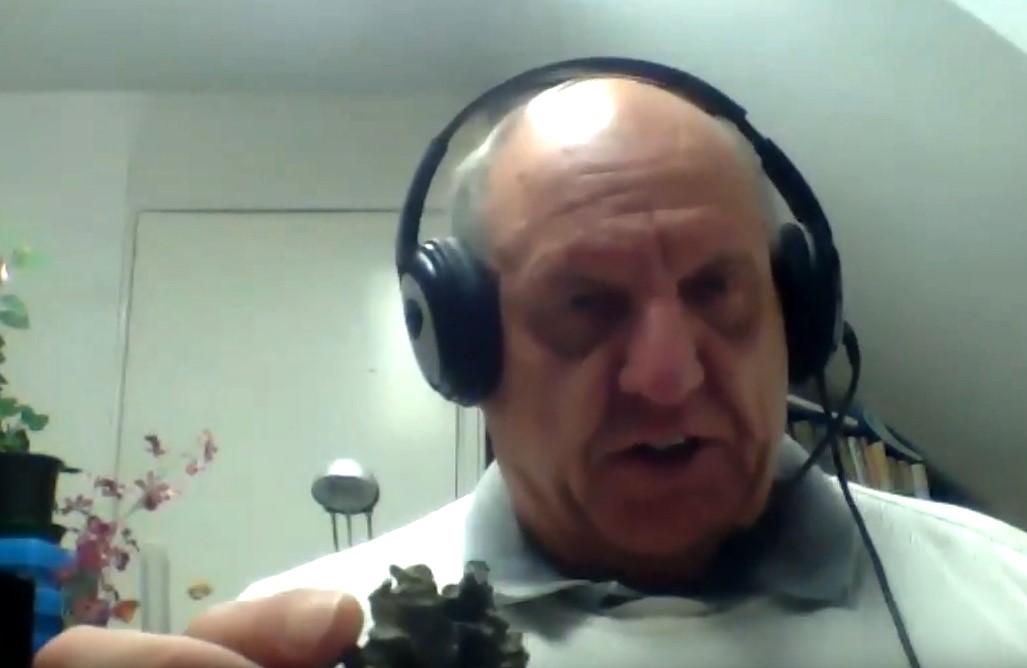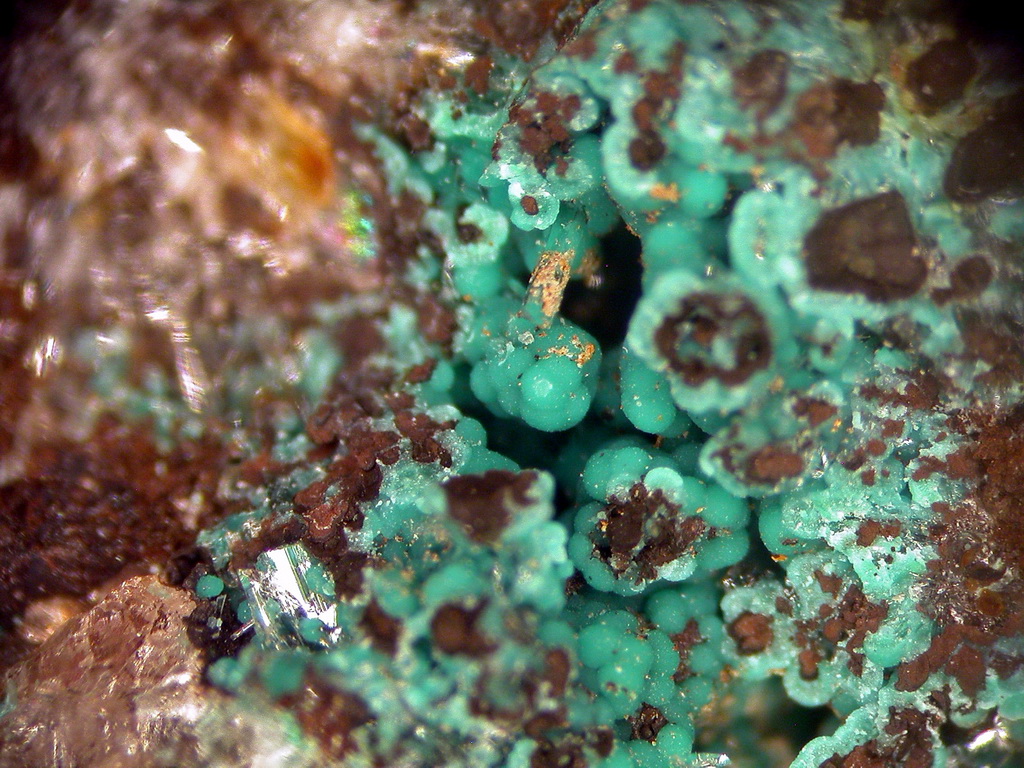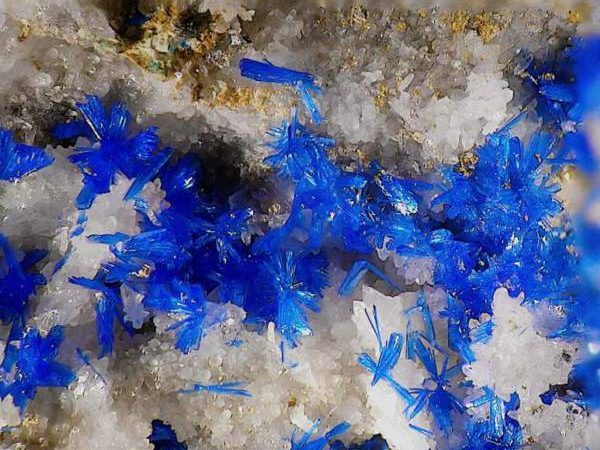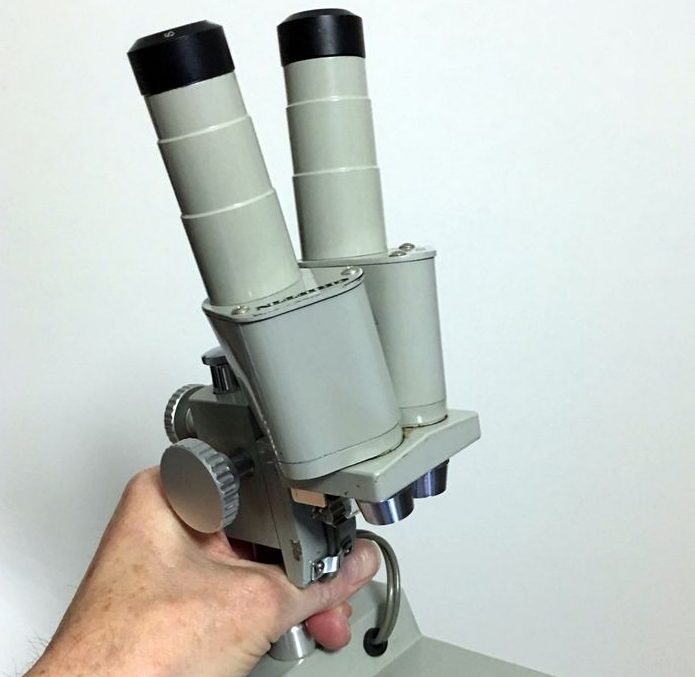A personal account by Steve Rust. Included in Newsletter 76. All photos are by Steve Rust. Featured image: Linarite from the Eaglebrook mine, Wales. Many collectors have fine micro examples of linarite in their collections, from a number of UK and world locations. It is easy to understand why. Who would not like to have in their collection a fine azure blue bladed radial micro-crystal group of linarite, contrasted against a background of white quartz. The known history of linarite has been traced back to at least the early 19th century. It would appear that James Sowerby was the first to publish a picture of linarite in his book of 1809, although he called it ‘Crystallized Blue Carbonate of Copper’. It would appear that the sulphate content of linarite was not recognized. It was not until 1839 that the species was given the name linarite by Professor Ernst Friedrich Glocker, from it’s type location at Linares, Jaen province, Andalusia, Spain. Linarite PbCu2+ (SO4)(OH)2 is usually found as thin bladed monoclinic crystals with little development of the prism faces; thick chunky crystals are also to be found. Colour is from light to deep azure blue. It usually occurs in lead and copper deposits, while this is true it is a very general statement. Linarite can also be found in many other ore deposits, which might have only small amounts of primary lead and copper minerals, from which linarite can form. In the United Kingdom some of the best macro examples of […]
Read More
